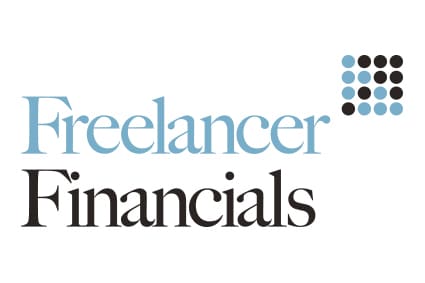The facts
Tax relief is available at an individual’s highest marginal rate on contributions up to 100% of Relevant Earnings.
Relevant earnings are broadly earned income, they exclude items such as pensions income, rental income and dividends.
The relief is obtained in two ways:
- Basic rate tax relief is given automatically, the pension provider reclaims this from HMRC e.g. The member asks for an £10,000 gross contribution but only pays the net amount – £8,000 and the provider reclaims the £2,000.
- Higher and additional rate taxpayers get relief through their self-assessment returns or in ‘one-off claims’.
Higher rates of relief are achieved as the individual’s basic and higher rate bands are increased in tandem by the amount of the grossed up contribution. The effect of this is income moves from the 40% tax bracket into 20% and 45% into 40%.
This means that full marginal rate relief is only available where there are sufficient earnings in the marginal band.
| Contribution | £8,000 net £10,000 gross | |
|---|---|---|
| Example | A | B |
| Taxable Income | £160,000 | £155,000 |
| Tax Relief | £2,000 RAS plus £2,500 reduction in tax bill | £2,000 RAS plus £2,250 reduction in tax bill |
| Effective Rate of Relief | £4,500/£10,000 = 45% | £4,250/£10,000 = 42.5% |
In example B above as there are only £5,000 of earnings subject to additional rate tax, full marginal relief of 45% is not achieved.
Tax relieved contributions in excess of the annual allowance may be subject to an Annual Allowance charge which effectively removes the relief on the contribution above the annual allowance.
Tax Bands change from year to year but the tax bands for the following year are normally known many months in advance of tax year end.
Tax relief on pension contributions is only available up to the age of 75.
The planning
- Calculate earnings in higher tax bands.
- Maximise tax relief received by splitting large contributions across tax years where there is insufficient earnings in marginal bands to achieve full marginal rate relief.
The case study
Mr A has taxable income of £36,865 (£46,865 gross assuming £10,000 personal allowance) so has only £5,000 of earnings subject to 40% tax. He wants to make an £8,000 net £10,000 gross pension contribution.
| Tax Year | 2014/2015 | 2014/2015 | 2015/2016 |
|---|---|---|---|
| £8,000 net £10,000 gross | £4,000 net £5,000 gross | £4,000 net £5,000 gross | |
| Taxable Income | £36,865 | £36,865 | £36,865 |
| Tax Relief | £2,000 RAS plus £1,000 reduction in tax bill | £1,000 RAS plus £1,000 reduction in tax bill | £1,000 RAS plus £1,000 reduction in tax bill |
| Effective Rate of Relief | £3,000/£10,000 = 30% | £2,000/£5,000 = 40% | £2,000/£5,000 = 40% |
By splitting his contribution over tax years Mr A has achieved full marginal rate relief on his £10,000 and gained £1,000 additional tax relief than had he made the whole contribution in the one tax year.
The examples are provided for illustration purposes only. Actual contributions will depend on individual circumstances. As with all pension policies, there are exclusions and limitations which may apply.
For more information about the Contractor Pensions please contact The Penny Group on 0207 061 2345 or at contractors@thepennygroup.co.uk
The Penny Group is a London based financial planning firm and an appointed representative of the Openwork Limited which is authorised and regulated by the Financial Conduct Authority.





Not very well written considering its about relief on pension contributions but forgets to mention the word pension.
I don’t think he could have made it any less clear.
Stupid article.